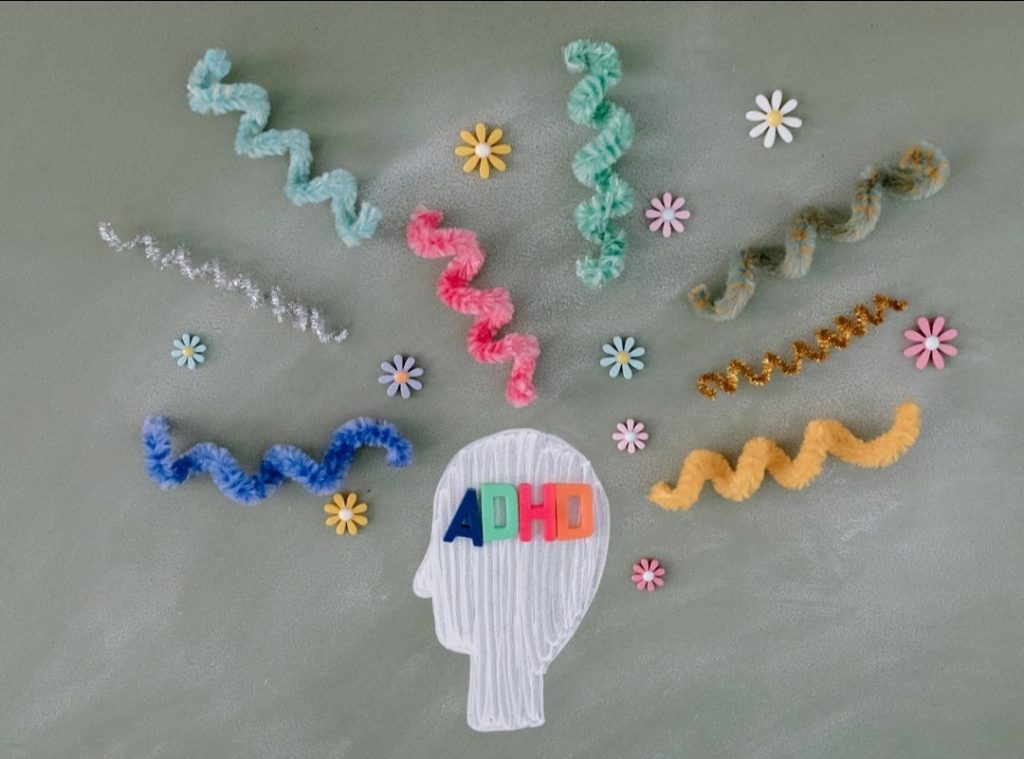Child Find of America estimates that approximately 2,300 children go missing daily in the United States. Cases of missing children usually involve abduction by strangers or family members, running away, or instances of abandonment. Below is more information on each type of abduction.
Stranger Abductions
This includes kidnapping by acquaintances and strangers. These types of abductions make up 27% of all child abductions and are committed by a disproportionately high number of juvenile offenders. Acquaintance abductions have the highest number of female and teen victims and is often associated with other crimes such as physical and sexual assault. Stranger abductions usually occur in outdoor locations and are most likely to involve a firearm when compared to other abduction cases.
Family Abductions
According to Child Crime Prevention and Safety Center, family abductions make up half of all reported abductions in the United States. Family abduction is typically committed by non-custodial parents and usually involves female perpetrators when compared to other kidnapping offenses.
Children under 6 are the most targeted and often occur in the middle of parental custody battles. These types of abductions pose unique issues for law enforcement as the child may be unwilling to leave the family member and may help safeguard the parent accused of kidnapping.
Runaway Children
Research shows that almost 7% of youth, or 1.5 million children and adolescents, run away each year. Youth most often run away from home and become homeless due to family conflicts, abuse and/or neglect. At least 19 states explicitly define the term “runaway” in both criminal and civil statutes.
Children who run away also face a higher risk of depression, suicide, anxiety, poor health and low self-esteem. They are also more likely to be forced into selling drugs, prostitution, or other illegal activities.
What should you do if your child goes missing?
The first thing you should do is call law enforcement. The first 48 hours is crucial to bring home a missing child. You will need to provide basic information about your child as well as any known birthmarks or medical circumstances they may have.
They will also want to know the last time you saw your child and the clothing they were wearing. Be ready to make copies of a recent photo to give to authorities, to post on social media, and share with missing children’s organizations.
AMBER Alerts
Once law enforcement has the appropriate information, if deemed necessary, they will issue an AMBER alert. This is a warning system between broadcasters, cell service providers, state transportation services and local police which widely disseminates information that’s used to help find abducted children.
AMBER alerts have successfully contributed to the rescue of over 800 children. These crucial messages have proven to be highly effective in helping find missing children and protecting children from abduction.
How can you keep your children safe?
Keep your children safe by providing the wisdom they need so they will know what to do when and if circumstances present themselves.
Ensure their online safety. The internet presents significant risks for young users, making them vulnerable targets. Teach them to never share personal information. Also avoid posting identifying information or photos of your children online.
Set boundaries for where your children can go, and supervise them in theaters, parks, malls, public restrooms, and during door-to-door activities. Never leave them alone in a car or stroller. Be cautious with babysitters and other childcare providers. Check references thoroughly.
Avoid dressing them in outfits that display their name as they tend to trust adults who know their names. While you don’t want to make them fearful, you want them to make smart decisions. Cover basic safety measures and strategies for avoiding and escaping dangerous situations.
Teach them to never accept candy or gifts from a stranger and to never go anywhere with a stranger, no matter how fun it sounds. Teach them to run away and scream if someone tries to follow them or tries to throw them in a car. And to decline any request from someone who attempts to make them do something you have deemed inappropriate or touch them in a way that makes them feel uneasy.
Conduct an evaluation on the proper use of the 911 emergency service. Discuss what they should do if they get lost. Inform them of nearby safe homes in case of trouble.
Teach them whose cars they may ride in and whose they can’t. Teach them to move away from any cars that are being driven by a stranger even if the person appears confused or lost, and not to ride with anyone they don’t know.
Teach them to ask permission from a parent to leave the house or yard to go play in someone’s home. Teach them their name, address, phone number, and emergency contact. Finally, remind them to keep doors locked if they are home alone and never let anyone know they are home alone.
Resources
Below are resources for parents and children.
Missing Children and Adults
National Center for Missing and Exploited Children: missingkids.org
National Runaway Safeline: 1800runaway.org
National Center for Missing Adults: namus.gov
Family and Parenting Support
Military OneSource – Support & Info for Families & Providers: militaryonesource.mil
Team HOPE — peer support for families of the missing or exploited: missingkids.org/teamHOPE
Join us in Dallas, Texas August 29-31 for Inspire Her Nexx Chapter, a transformative 3-day women’s conference. We intend to speak to women’s spirits, cultivate their souls and pamper their hearts in a space where diversity and differences are seen as strengths and where women can actively participate.
The Future of Connection for Women








0 Comments